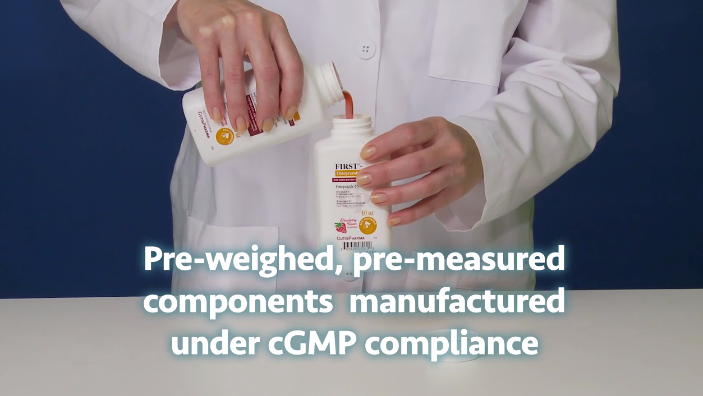Article
Pharmacy Stakeholders Aim to Curb Compounding Errors
Author(s):
A recent series of initiatives from both the public and private sector suggest a shared goal of reducing errors and increasing patient safety in drug compounding.
A recent series of initiatives from both the public and private sector suggest a shared goal of reducing errors and increasing patient safety in drug compounding.
Compounded drugs play an important role in the care of patients whose clinical needs can’t be met by FDA-approved products, including those who require a liquid formulation of a drug that’s otherwise only available as a tablet. Additionally, compounded medications generally don’t cost more than their generic counterparts, which helps to control health care costs.
Despite these advantages, compounded drugs can pose greater risk to patients than FDA-approved products because they lack premarket review for safety, effectiveness, and quality.
Now, several pharmacy industry stakeholders are making concerted efforts to reduce the risks associated with drug compounding to protect patients who depend on it.
The American Society of Health-System Pharmacists (ASHP) recently launched “Standardize 4 Safety,” a medication safety initiative that addresses the continuity of concentrations and dosing units for adult continuous infusions and compounded oral liquids, especially during transitions of care. The effort is part of a partnership between the ASHP and the FDA’s “Safe Use Initiative,” which provides draft guidance documents clarifying how it intends to enforce the prescription requirement for drugs compounded in health-system pharmacies.
Meanwhile, private businesses are investing in the pursuit to improve compounding safety.
Compounding pharmacies must meet significant practice standards in addition to following state and federal laws, and some companies are developing products with several features aimed at reducing this burden while ensuring compliance.
Specialty pharmacy company CutisPharma created a product line of compounding kits designed to improve accuracy and quality for pharmacists. The company’s FIRST Compounding Kits, which are manufactured in compliance with the FDA’s current good manufacturing practice regulations, allow pharmacists to comply with 503A requirements for compounding, as well as the US Pharmacopeial Convention’s <795> guidelines for nonsterile compounded preparations.

These programs and products come as compounded drugs continue to face greater scrutiny in the wake of the 2013 incident involving contaminated steroid injections compounded at the New England Compounding Center.





